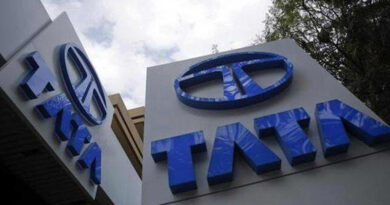Managing Risk in the Supply Chain: Assessing and Responding to Supplier Risk
In the dynamic world of global trade, the intricate webs of supply chains that stretch across continents are more exposed to risk than ever before. The recent disruptions highlighted the critical need for robust risk management strategies within supply chains, especially when considering the multifaceted nature of supplier risk. For businesses operating within or in connection with Supply Chain Management in India—a pivotal node in the global supply chain network—understanding and mitigating supplier risk is paramount to maintaining operational continuity and competitive advantage.
What is Supplier Risk Assessment?
Supplier risk assessment is the process through which businesses evaluate potential suppliers’ ability to deliver goods or services in alignment with agreed terms and conditions, considering factors that might impede their capacity to do so. This evaluation covers a broad spectrum of risks, including financial stability, compliance with regulatory and ethical standards, operational resilience, and environmental impact. The objective is to minimize negative impacts on the purchasing organization’s performance, reputation, and bottom line.
Supplier Risk Assessment During Selection
The selection phase is critical for embedding risk management within the supply chain. At this stage, companies must conduct thorough due diligence on potential suppliers. This involves not only assessing financial health and operational capabilities but also considering geopolitical risks, especially for suppliers in regions with volatile political climates or prone to natural disasters. Supply Chain Management in India, for instance, requires a keen understanding of the local market dynamics, regulatory environment, and logistical challenges.
Supplier Risk Assessment Post Onboarding
Risk assessment doesn’t end after a supplier has been onboarded. Continuous monitoring of existing suppliers is crucial to detect any changes that might affect their risk profile. This includes monitoring for signs of financial distress, changes in management or ownership, and compliance with contractual obligations. Regular audits and performance reviews can help identify issues before they escalate, allowing for timely intervention and mitigation.
How Enterprises Can Monitor and Initiate Response
Technology plays a key role in enabling effective monitoring and response mechanisms. Advanced analytics, AI, and machine learning can provide real-time insights into supplier performance and predict potential disruptions. For businesses involved in Supply Chain Management in India, leveraging such technologies can help navigate the complex and often unpredictable local market conditions. Establishing a centralized risk management function can also streamline the response process, ensuring quick and coordinated action across the organization.
How to Shift Approach from Reactive to Proactive
The ultimate goal for any business should be to move from a reactive posture to a proactive stance in managing supplier risk. This requires a cultural shift towards risk awareness across the organization and the development of a strategic framework that embeds risk assessment into every aspect of the supply chain operation. By fostering strong relationships with suppliers and investing in their development, companies can build more resilient supply chains. Scenario planning and stress testing can also prepare businesses for a range of contingencies, ensuring they are not caught off guard by unforeseen events.
Conclusion
In the face of increasing supply chain volatility, assessing and responding to supplier risk has never been more critical. For companies, especially those involved in Supply Chain Management in India, adopting a comprehensive and proactive approach to supplier risk management is essential to safeguarding their operations and securing their future in the competitive global marketplace. By integrating risk assessment into every phase of the supplier lifecycle and leveraging technology to enhance visibility and responsiveness, businesses can navigate the complexities of modern supply chains with confidence and agility.



